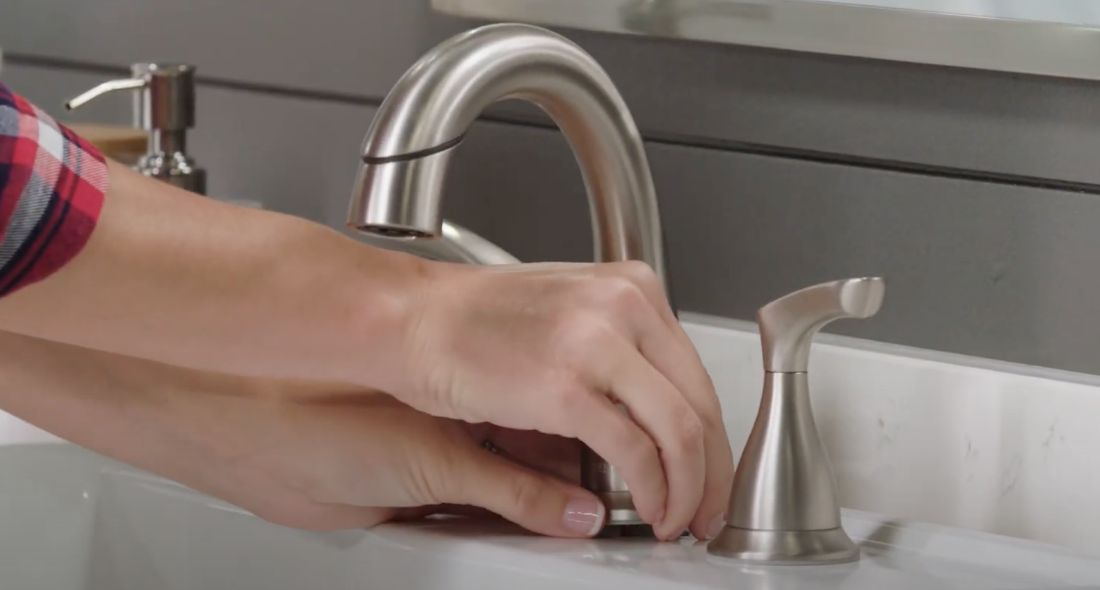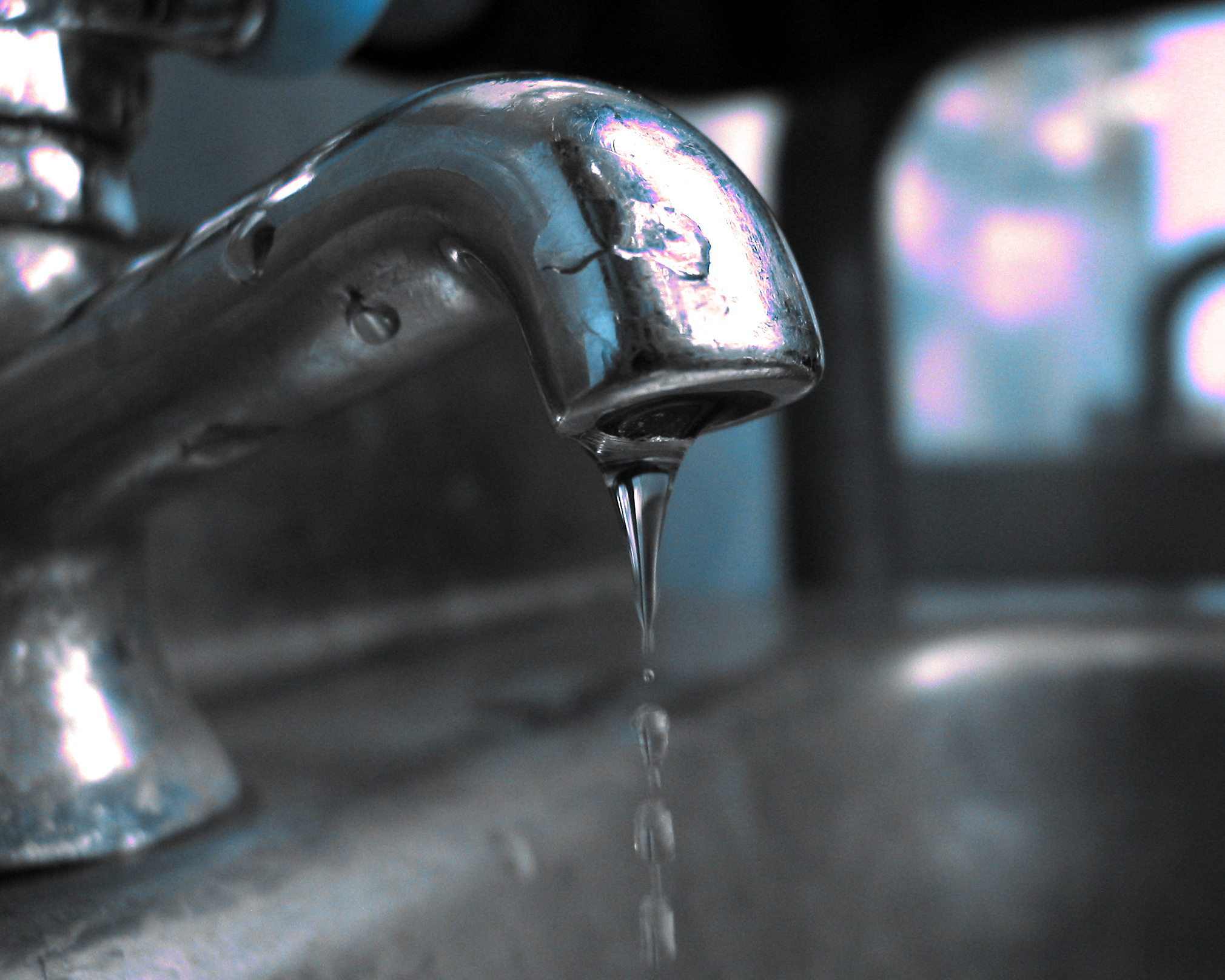Just how do you actually feel in relation to How to Fix a Dripping or Leaky Faucet ?

Trickling taps might seem like a minor inconvenience, however their effect surpasses just the nuisance of the noise. From wasting water to sustaining unneeded financial costs and health threats, disregarding a dripping tap can result in various repercussions. In this short article, we'll look into why it's vital to address this common house issue without delay and efficiently.
Wastefulness of Water
Environmental Effect
Trickling faucets contribute dramatically to water wastage. According to the Epa (EPA), a solitary tap leaking at one drip per secondly can waste more than 3,000 gallons of water per year. This not only pressures water resources yet likewise influences environments and wildlife based on them.
Step-by-Step Guide to Taking Care Of a Dripping Faucet
Tools Called for
Before attempting to deal with a dripping faucet, collect the necessary tools, consisting of a flexible wrench, screwdrivers, substitute parts (such as washers or cartridges), and plumber's tape.
Typical Tap Issues and Their Solutions
Recognize the kind of tap and the details concern causing the drip. Common problems include worn-out washers, rusty valve seats, or malfunctioning O-rings. Describe maker guidelines or on-line tutorials for detailed support on repair services.
Financial Prices
Raised Water Costs
Past the environmental impact, dripping taps can blow up water expenses significantly. The built up wastage with time equates into greater energy expenses, which can have been avoided with prompt repair work.
Potential Property Damages
Furthermore, long term leaking can lead to harm to components and surfaces bordering the faucet. Water buildup can cause discoloration, corrosion, and even structural problems if left neglected, leading to added repair expenses.
Wellness Issues
Mold And Mildew and Mold Growth
The constant existence of dampness from a trickling faucet develops a perfect atmosphere for mold and mildew and mold growth. These fungi not only jeopardize interior air top quality yet additionally pose health and wellness dangers, especially for people with respiratory system problems or allergic reactions.
Waterborne Illness
Stationary water in leaking faucets can become a breeding ground for bacteria and other virus, raising the threat of waterborne illness. Pollutants such as Legionella bacteria thrive in stationary water, possibly resulting in serious ailments when consumed or inhaled.
Do it yourself vs. Expert Repair
Advantages and disadvantages of Do It Yourself Repair
While some may try to repair a trickling tap themselves, DIY repair work come with their very own set of difficulties. Without appropriate expertise and tools, DIY attempts can exacerbate the problem or result in incomplete fixings, prolonging the problem.
Advantages of Hiring an Expert Plumber
Hiring a specialist plumber ensures that the underlying root cause of the dripping faucet is resolved efficiently. Plumbers possess the experience and equipment to detect and repair faucet problems successfully, conserving time and minimizing the risk of additional damage.
Environmental Obligation
Private Payment to Preservation
Taking obligation for dealing with trickling faucets aligns with broader efforts towards water preservation and ecological sustainability. Every individual's actions collectively make a significant influence on maintaining valuable resources.
Sustainable Living Practices
By prioritizing punctual repair services and embracing water-saving habits, people contribute to lasting living methods that benefit both existing and future generations.
Preventive Measures
Normal Maintenance Tips
To stop trickling faucets, execute routine upkeep such as cleaning aerators, evaluating for leaks, and changing damaged parts immediately. Additionally, think about setting up water-saving tools or upgrading to a lot more effective components.
Relevance of Prompt Services
Dealing with trickling faucets as quickly as they're discovered avoids additional water wastage and possible damages, eventually saving both water and money in the long run.
Influence On Residential Or Commercial Property Value
Assumption of Well-Maintained Building
Keeping a building in good condition, consisting of dealing with upkeep problems like trickling faucets, enhances its viewed value and charm among possible purchasers or lessees.
Impact on Resale Value
Residences with well-maintained plumbing components, consisting of faucets, command higher resale worths in the real estate market. Addressing leaking faucets can add to a positive impact during property evaluations and negotiations.
Verdict
Dealing with a leaking faucet exceeds mere comfort; it's an important action towards conserving water, decreasing monetary costs, and securing health and wellness and building. Whether via do it yourself repair services or expert support, taking action to fix trickling faucets is a small yet impactful means to advertise responsible stewardship of sources and contribute to a much healthier, much more lasting future.
How to Fix a Dripping or Leaky Faucet
A leaking faucet is one of the most common problems that homeowners encounter, but it being commonplace doesn’t make it any less annoying. The constant drip drip drip of a leaking bathtub faucet, showerhead, or sink tap can disturb your home’s serenity. Left neglected, a dripping faucet can also result in higher water bills and discoloration or mold growth in your sink or plumbing fixtures.
Fortunately, you don’t have to be a trained plumber to know how to stop a dripping faucet. With some basic tools, replacement parts, and a little patience, leaky faucet repair is a breeze. In this article, we’ll explain what causes dripping faucets and how you can fix them.
What Causes a Leaking Faucet?
Kitchen and bathroom faucets come in all manner of designs, but most involve some combination of valves, O-rings, seals, and washers. The O-ring is usually the weakest link, but any one of these pieces can wear down over time. Heat, moisture, temperature fluctuations, minerals, mold, and movement can contribute to warping and corrosion, breaking the watertight seal. This just comes with the territory of being a homeowner. Everything is always subject to wear and tear, and some component parts of your appliances and fixtures need to be replaced on occasion. At least replacement O-rings are cheap!
More rarely, dripping faucets can be a symptom of excessively high water pressure. Were this the case in your home, you would probably notice that the leak is not isolated to one faucet. Water pressure issues are harder to resolve on your own. We recommend contacting a professional plumber if you suspect your water pressure is too high.
How to Fix a Dripping Faucet
Pipe wrench or monkey wrench Allen wrench set Screwdrivers Old towel or rag Shut off the water.
Before you do anything, you need to turn off the water to keep from drenching your kitchen or bathroom. You should find a valve under the sink and against the wall. Once you’ve turned this valve, try turning the faucet on to confirm that the water source has been cut off.
If you can’t locate your local valve for the faucet you’re working on, you can always shut off the water to the house at the main valve. Of course, this will prohibit anyone from using the sinks, showers, or toilets while you’re working on the faucet that’s giving you trouble.
Plug or block the drain.
You’ll be disassembling the faucet and removing some small bits of hardware. Plug the drain with a stopper or rag to avoid the possibility of a small screw falling into your P-trap.
Take apart the faucet assembly.
There are several varieties of kitchen and bathroom faucets, each with its own manner of assembly. For detailed instructions on how to disassemble your faucet, you can refer to the fixture’s manual or contact the manufacturer. If you know whether you have a ball, disc, cartridge, or compression faucet, you can find detailed schematics online.
In general, you need to begin by removing the faucet handles. You might notice a small screw that you’ll need to remove with a screwdriver or Allen wrench. If you don’t see any visible securing hardware, it’s likely hidden under a decorative cap that can be unscrewed or popped off with flathead screwdriver.
Remove each piece methodically, consulting a schematic when necessary. Take notes or arrange the pieces in such a way to make it easier to correctly reassemble the faucet later.
Remove the cartridge.
Once you’ve removed the handles and securing hardware, you should be able to remove the valve cartridge or stem. Some cartridges will slide right out. Other faucet models will require you to loosen a nut with a pipe wrench before you can remove the valve stem.
Examine the exposed hardware.
With the cartridge or stem removed, inspect the component parts. Check the rubber O-rings for wear and tear. Also examine the seat washer for corrosion or other damage. These pieces are usually the responsible parties for a dripping faucet, but it’s worth inspecting the other component parts while you have the faucet disassembled.
Find replacement parts.
Once you’ve identified which faucet component has failed, find an identical replacement. Your local hardware store should have O-rings, seat washers, and other standard components in stock. If you have a luxury or uncommon faucet, you may have to contact the manufacturer for a replacement part.
It’s a good idea to take your old parts with you to the hardware store so you can compare them with the store’s inventory and be sure you’re purchasing the correct replacement.
Reassemble the faucet.
With your new parts in hand, reconstruct the faucet and handles. Don’t be tempted to overtighten screws or nuts. You might think this could create a better seal, but it can instead damage or bend a delicate part of the assembly and create a new problem for you.
Turn on the water and test the faucet.
The only thing left to do is test your work. Unplug the sink, turn the water back on, and try the faucet. Congratulate yourself on a job well done!
https://www.libertyhomeguard.com/how-to-fix-a-dripping-or-leaky-faucet/

Do you really like reading up on How to Fix a Dripping or Leaky Faucet ? Try to leave a review down the page. We'd be pleased to hear your feelings about this entry. Hoping that you come back again soon. If you enjoyed reading our post kindly be sure to pass it around. Many thanks for going through it.